Hydrogen Peroxide Powdery Mildew: Sounds like a science experiment gone wrong, right? But trust me, it’s your secret weapon against one of the most frustrating garden invaders! I know, I know, you’ve probably tried everything to get rid of that unsightly white fuzz on your precious plants. From neem oil to baking soda, the battle against powdery mildew can feel endless. But what if I told you there’s a simple, readily available solution hiding in your medicine cabinet?
For centuries, gardeners have sought effective and natural ways to protect their crops. While the modern use of hydrogen peroxide is relatively recent, the desire to nurture healthy, thriving plants is as old as agriculture itself. Think of ancient civilizations carefully tending their gardens, experimenting with different methods to ward off disease and pests. Today, we have the benefit of scientific understanding combined with time-tested techniques, allowing us to tackle problems like powdery mildew with greater precision.
Powdery mildew isn’t just an eyesore; it weakens your plants, reduces yields, and can even lead to their demise. Nobody wants to see their hard work and dedication go to waste! That’s why I’m so excited to share this DIY trick using hydrogen peroxide powdery mildew treatment. It’s affordable, easy to apply, and surprisingly effective. So, ditch the harsh chemicals and get ready to reclaim your garden with this simple, yet powerful solution. Let’s dive in and learn how to banish powdery mildew for good!
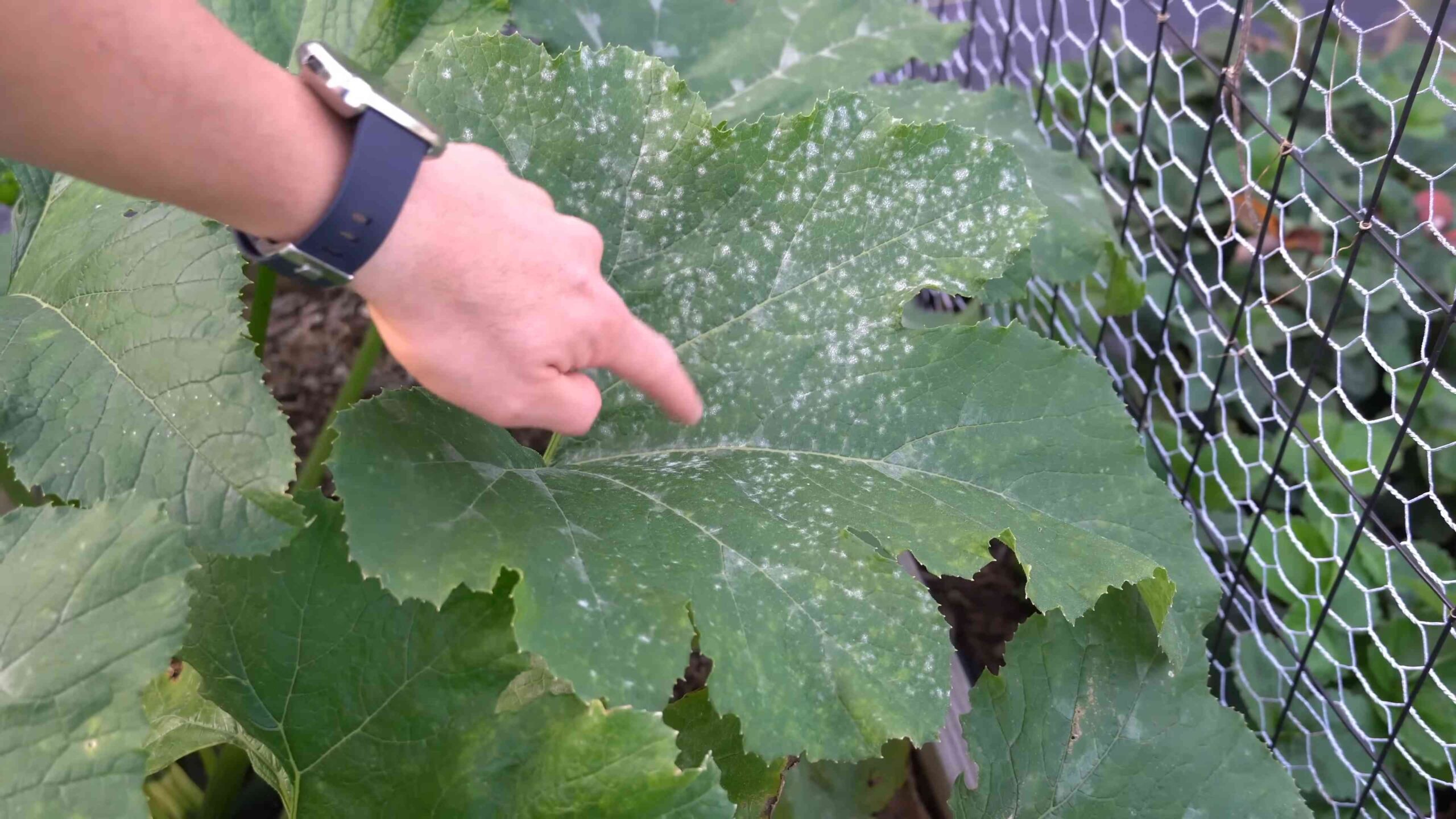
DIY Powdery Mildew Treatment with Hydrogen Peroxide
Okay, so you’ve spotted that dreaded white, powdery stuff on your plants – powdery mildew. Don’t panic! It’s a common problem, and luckily, there’s a pretty effective and affordable DIY solution using something you probably already have in your bathroom: hydrogen peroxide. I’m going to walk you through exactly how to use it to kick that mildew to the curb.
Understanding Powdery Mildew and Hydrogen Peroxide
Before we dive in, let’s quickly understand what we’re dealing with. Powdery mildew is a fungal disease that thrives in humid conditions with poor air circulation. It looks like a white or grayish powder on the leaves, stems, and sometimes even the flowers and fruits of your plants. If left untreated, it can weaken your plants and reduce their yield.
Hydrogen peroxide (H2O2) is a fantastic, eco-friendly option because it breaks down into water and oxygen. The oxygen acts as a natural fungicide, killing the mildew spores on contact. Plus, it’s generally safe for your plants when used correctly.
Materials You’ll Need
* 3% Hydrogen Peroxide (the kind you find at the drugstore)
* Spray Bottle (a clean one, please!)
* Water (tap water is fine)
* Measuring Spoons or Cups
* Optional: A drop or two of mild dish soap (this helps the solution stick to the leaves)
* Optional: Gloves (to protect your hands)
Mixing Your Hydrogen Peroxide Solution
This is arguably the most important part. You need to get the concentration right to avoid damaging your plants.
1. Choose Your Concentration: The general rule of thumb is to use a 3% hydrogen peroxide solution diluted with water. I usually go for a 1:10 ratio for a mild infestation, and a 1:5 ratio for a more severe case. Start with the weaker solution first, and only increase the concentration if needed.
2. Measure Carefully: For a 1:10 solution, mix 1 part 3% hydrogen peroxide with 10 parts water. For example, if you’re using a 16-ounce spray bottle, you’d use about 1.6 ounces of hydrogen peroxide and 14.4 ounces of water. For a 1:5 solution, mix 1 part 3% hydrogen peroxide with 5 parts water. Using the same 16-ounce spray bottle, you’d use about 2.7 ounces of hydrogen peroxide and 13.3 ounces of water.
3. Add Dish Soap (Optional): If you’re using dish soap, add only a drop or two to the spray bottle. Too much soap can harm your plants. The soap acts as a surfactant, helping the solution spread evenly and stick to the leaves.
4. Mix Thoroughly: Gently shake the spray bottle to ensure the hydrogen peroxide and water are well combined.
Applying the Hydrogen Peroxide Solution
Now comes the fun part – battling that mildew!
1. Test on a Small Area First: Before spraying the entire plant, test the solution on a small, inconspicuous area, like a single leaf. Wait 24 hours to see if there are any adverse reactions, such as leaf burn or discoloration. If everything looks good, proceed to the next step.
2. Spray Thoroughly: Spray the affected areas of the plant, including the tops and undersides of the leaves, stems, and any other areas where you see powdery mildew. Make sure to coat the plant evenly, but avoid oversaturating it. You want the leaves to be damp, not dripping.
3. Focus on Problem Areas: Pay special attention to areas with heavy mildew infestation. You might need to apply a little extra solution to these spots.
4. Spray in the Morning or Evening: Avoid spraying your plants during the hottest part of the day, as this can increase the risk of leaf burn. The best time to spray is in the early morning or late evening when the sun is less intense.
5. Repeat as Needed: You’ll likely need to repeat the treatment every few days until the powdery mildew is gone. I usually spray every 3-5 days, depending on the severity of the infestation.
Important Considerations and Tips
* Ventilation is Key: Powdery mildew thrives in humid conditions with poor air circulation. Improve ventilation around your plants by pruning them to remove crowded foliage or by using a fan to circulate the air.
* Watering Practices: Avoid overhead watering, as this can create a humid environment that encourages powdery mildew growth. Water your plants at the base, and try to water in the morning so the foliage has time to dry before nightfall.
* Clean Up Debris: Remove any fallen leaves or plant debris from around your plants, as these can harbor powdery mildew spores.
* Monitor Your Plants Regularly: Keep a close eye on your plants for any signs of powdery mildew. The sooner you catch it, the easier it will be to treat.
* Don’t Overdo It: While hydrogen peroxide is generally safe for plants, using too high of a concentration or spraying too frequently can cause leaf burn or other damage. Always follow the recommended dilution ratios and application guidelines.
* Consider Other Treatments: If hydrogen peroxide isn’t working, or if the powdery mildew is severe, you may need to consider other treatments, such as neem oil, baking soda solutions, or commercial fungicides.
* Prevention is Better Than Cure: To prevent powdery mildew from occurring in the first place, choose disease-resistant plant varieties, provide good air circulation, and avoid overwatering.
Dealing with Specific Plants
The general principles above apply to most plants, but here are a few specific considerations for some common plants that are prone to powdery mildew:
Roses
Roses are notorious for getting powdery mildew. Be especially vigilant about checking your roses regularly, and prune them to improve air circulation. When spraying with hydrogen peroxide, make sure to get the undersides of the leaves, as this is where the mildew often starts.
Cucurbits (Squash, Pumpkins, Cucumbers)
These plants are also very susceptible to powdery mildew. Choose disease-resistant varieties if possible, and provide plenty of space between plants to improve air circulation. Pay close attention to the leaves closest to the ground, as these are often the first to be affected.
Tomatoes
While not as common as on roses or cucurbits, powdery mildew can still affect tomatoes. Make sure your tomato plants have good air circulation, and avoid overhead watering. Prune the lower leaves to improve ventilation and reduce the risk of mildew.
Grapes
Powdery mildew can be a serious problem for grapevines. Choose disease-resistant varieties, and prune your vines regularly to improve air circulation. Spray with hydrogen peroxide early in the season, before the mildew has a chance to take hold.
Troubleshooting
Sometimes, even with the best efforts, things don’t go as planned. Here are some common issues and how to address them:
* Leaf Burn: If you notice leaf burn after spraying with hydrogen peroxide, it could be due to a few reasons: the concentration was too high, you sprayed during the hottest part of the day, or your plants are particularly sensitive. Reduce the concentration of the hydrogen peroxide solution, spray in the morning or evening, and test on a small area before spraying the entire plant.
* No Improvement: If you’re not seeing any improvement after several treatments, it could be that the powdery mildew is too severe, or that the hydrogen peroxide isn’t strong enough. Try increasing the concentration of the solution slightly, or consider using a different treatment, such as neem oil or a commercial fungicide.
* Mildew Returns: Powdery mildew can be persistent, and it may return even after you’ve treated it. Continue to monitor your plants regularly, and repeat the treatment as needed. Also, make sure you’re addressing the underlying causes of the mildew, such as poor air circulation or overwatering.
Long-Term Prevention
Once you’ve gotten rid of the powdery mildew, the goal is to prevent it from coming back. Here are some long-term prevention strategies:
* Choose Disease-Resistant Varieties: When selecting plants for your garden, choose varieties that are known to be resistant to powdery mildew.
* Provide Good Air Circulation: Space your plants properly to allow for good air circulation. Prune your plants regularly to remove crowded foliage.
* Water Properly: Avoid overhead watering, and water your plants at the base. Water in the morning so the foliage has time to dry before nightfall.
* Maintain Healthy Soil: Healthy soil is essential for healthy plants. Amend your soil with compost or other organic matter to improve drainage and fertility.
* Monitor Regularly: Keep a close eye on your plants for any signs of powdery mildew. The sooner you catch it, the easier it will be to treat.
I hope this guide helps you tackle that powdery mildew and keep your plants healthy and thriving! Remember to be patient, persistent, and always test on a small area first. Happy gardening!
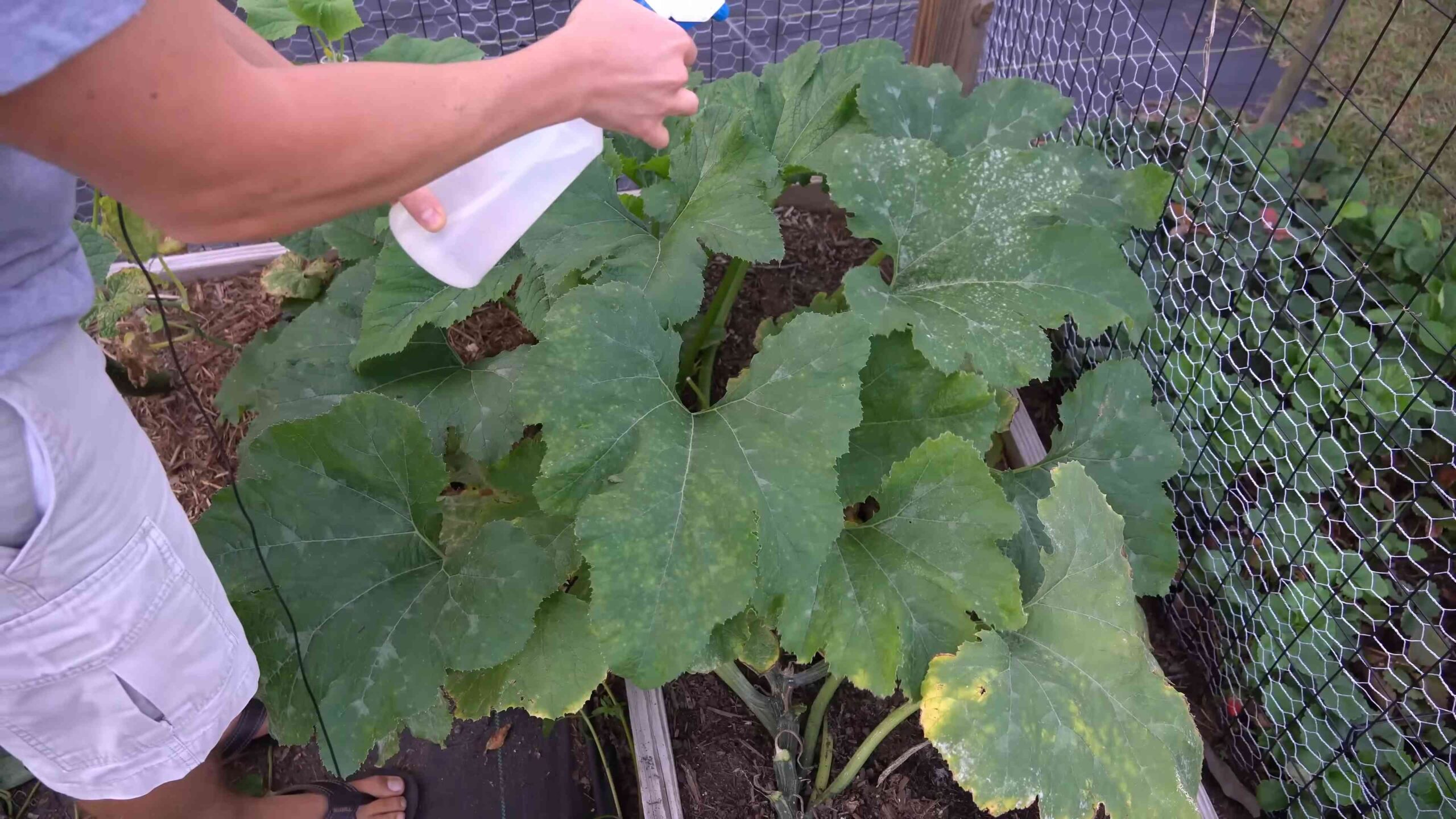
Conclusion
So, there you have it! This simple, cost-effective, and readily available solution using hydrogen peroxide for powdery mildew is a game-changer for any gardener battling this frustrating fungal disease. We’ve explored how this common household item, when properly diluted, can become a powerful ally in protecting your precious plants.
Why is this DIY trick a must-try? Because it offers a safer alternative to harsh chemical fungicides. Many commercial products contain ingredients that can be harmful to beneficial insects, pets, and even yourself. Hydrogen peroxide, on the other hand, breaks down into water and oxygen, leaving behind no toxic residue. It’s an environmentally friendly approach to tackling a common garden problem.
Furthermore, the effectiveness of hydrogen peroxide against powdery mildew is well-documented. It works by oxidizing the fungal spores, effectively killing them on contact. This prevents the spread of the disease and allows your plants to recover and thrive. The ease of application is another significant advantage. Simply mix the solution, spray it on the affected areas, and repeat as needed. No complicated equipment or specialized knowledge is required.
But the benefits don’t stop there! This method is incredibly versatile. While we’ve focused on powdery mildew, hydrogen peroxide can also be used to combat other fungal diseases, such as leaf spot and blight. It can even be used as a seed soak to improve germination rates and protect seedlings from fungal infections.
Looking for variations? Consider adding a teaspoon of baking soda to your hydrogen peroxide solution. Baking soda helps to raise the pH of the mixture, creating an even more inhospitable environment for powdery mildew. Another option is to add a few drops of liquid dish soap to the solution. The soap acts as a surfactant, helping the mixture to spread evenly over the leaves and ensuring better coverage. Remember to use a mild, unscented dish soap to avoid damaging your plants.
For particularly stubborn cases of powdery mildew, you may need to increase the concentration of hydrogen peroxide slightly. However, always err on the side of caution and start with a lower concentration to avoid burning the leaves. It’s also a good idea to test the solution on a small, inconspicuous area of the plant before applying it to the entire plant.
We are confident that this DIY trick will become an indispensable part of your gardening arsenal. It’s a simple, effective, and environmentally friendly way to protect your plants from powdery mildew and other fungal diseases.
Now, it’s your turn! We encourage you to try this DIY trick and see the results for yourself. We’re eager to hear about your experiences. Did it work for you? Did you try any variations? What kind of plants did you use it on? Share your stories and tips in the comments below. Let’s learn from each other and create a community of gardeners who are committed to using safe and sustainable practices. Together, we can conquer powdery mildew and enjoy healthy, thriving gardens. Don’t let powdery mildew ruin your harvest – take control with hydrogen peroxide for powdery mildew today!
Frequently Asked Questions (FAQ)
What concentration of hydrogen peroxide should I use?
The recommended concentration is typically a 3% solution, which is the standard strength found in most drugstores. For a foliar spray, dilute this 3% solution further by mixing 1 tablespoon of hydrogen peroxide per cup of water. For larger applications, you can mix 4 tablespoons (1/4 cup) of hydrogen peroxide per gallon of water. Always start with a lower concentration and increase if necessary, observing your plants for any signs of stress. Remember, more isn’t always better! Overuse can damage your plants.
How often should I apply the hydrogen peroxide solution?
The frequency of application depends on the severity of the powdery mildew infestation. For mild cases, spraying once a week may be sufficient. For more severe cases, you may need to spray every 2-3 days until the powdery mildew is under control. Once the disease is under control, you can reduce the frequency of application to once a week or every other week as a preventative measure. Always monitor your plants closely and adjust the frequency of application as needed. It’s also important to remember that good air circulation and proper watering practices can help prevent powdery mildew from developing in the first place.
Can I use hydrogen peroxide on all types of plants?
While hydrogen peroxide is generally safe for most plants, it’s always a good idea to test it on a small, inconspicuous area of the plant before applying it to the entire plant. This is especially important for delicate plants or plants with sensitive foliage. Observe the treated area for 24-48 hours for any signs of burning, discoloration, or other adverse reactions. If you notice any problems, discontinue use or dilute the solution further. Some plants, like certain ferns, might be more sensitive than others.
Is it safe to use hydrogen peroxide on edible plants?
Yes, hydrogen peroxide is generally considered safe to use on edible plants. As mentioned earlier, it breaks down into water and oxygen, leaving behind no toxic residue. However, it’s always a good idea to wash your fruits and vegetables thoroughly before eating them, regardless of whether you’ve used hydrogen peroxide or any other treatment. Also, avoid spraying the solution directly on the edible parts of the plant close to harvest time.
Can I use a higher concentration of hydrogen peroxide for faster results?
While it may be tempting to use a higher concentration of hydrogen peroxide for faster results, it’s generally not recommended. Higher concentrations can damage or burn the leaves of your plants, especially if they are delicate or sensitive. It’s always better to start with a lower concentration and increase it gradually if necessary. Patience is key! Consistent application of the recommended concentration will eventually control the powdery mildew without harming your plants.
What are some preventative measures I can take to avoid powdery mildew?
Prevention is always better than cure! Here are some preventative measures you can take to avoid powdery mildew:
* **Ensure good air circulation:** Powdery mildew thrives in humid environments with poor air circulation. Prune your plants to improve airflow and space them adequately to prevent overcrowding.
* **Water properly:** Avoid overhead watering, as this can create a humid environment that favors powdery mildew. Water your plants at the base of the plant, preferably in the morning, so that the foliage has time to dry before nightfall.
* **Choose resistant varieties:** When selecting plants for your garden, choose varieties that are known to be resistant to powdery mildew.
* **Maintain healthy soil:** Healthy soil is essential for healthy plants. Amend your soil with compost or other organic matter to improve drainage and nutrient content.
* **Monitor your plants regularly:** Inspect your plants regularly for any signs of powdery mildew. Early detection is key to preventing the disease from spreading.
* **Use preventative sprays:** Consider using preventative sprays of hydrogen peroxide or other organic fungicides, especially during periods of high humidity or when powdery mildew is prevalent in your area.
Can I use hydrogen peroxide in combination with other treatments?
Yes, hydrogen peroxide can be used in combination with other treatments for powdery mildew. For example, you can alternate between spraying with hydrogen peroxide and spraying with neem oil or baking soda solution. However, it’s important to avoid mixing hydrogen peroxide with certain chemicals, such as bleach, as this can create dangerous fumes. Always read the labels of all products carefully and follow the manufacturer’s instructions.
How should I store the hydrogen peroxide solution?
Store the hydrogen peroxide solution in a cool, dark place, away from direct sunlight and heat. Hydrogen peroxide is sensitive to light and heat, which can cause it to decompose and lose its effectiveness. It’s also important to keep the solution out of reach of children and pets. Label the container clearly to avoid accidental ingestion.
What if the hydrogen peroxide treatment doesn’t work?
While hydrogen peroxide is effective against powdery mildew, it may not work in all cases. If you’ve tried the treatment and it’s not working, consider the following:
* **Ensure proper application:** Make sure you’re applying the solution correctly and frequently enough.
* **Check the concentration:** Verify that you’re using the correct concentration of hydrogen peroxide.
* **Consider other factors:** Powdery mildew can be caused by a variety of factors, such as poor air circulation, high humidity, and nutrient deficiencies. Address these underlying issues to improve the effectiveness of the treatment.
* **Try alternative treatments:** If hydrogen peroxide isn’t working, consider trying other organic fungicides, such as neem oil, baking soda solution, or copper fungicide.
* **Consult a professional:** If you’re still struggling to control powdery mildew, consult a professional gardener or plant pathologist for advice.
By following these tips and tricks, you can effectively use hydrogen peroxide for powdery mildew and keep your plants healthy and thriving. Remember to always observe your plants closely and adjust your treatment plan as needed. Happy gardening!


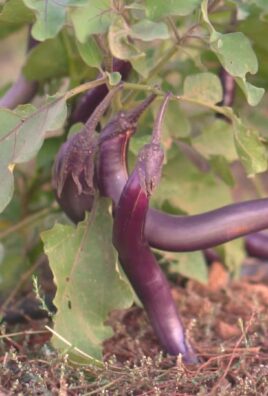
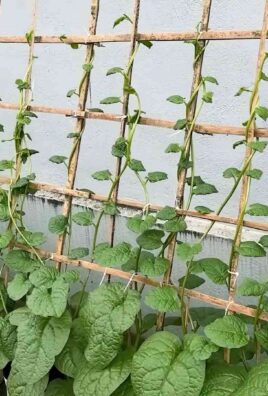
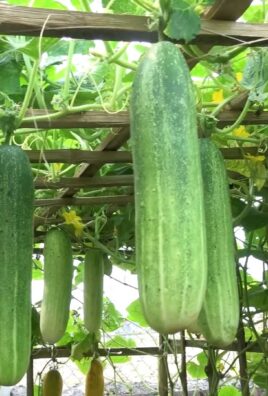
Leave a Comment